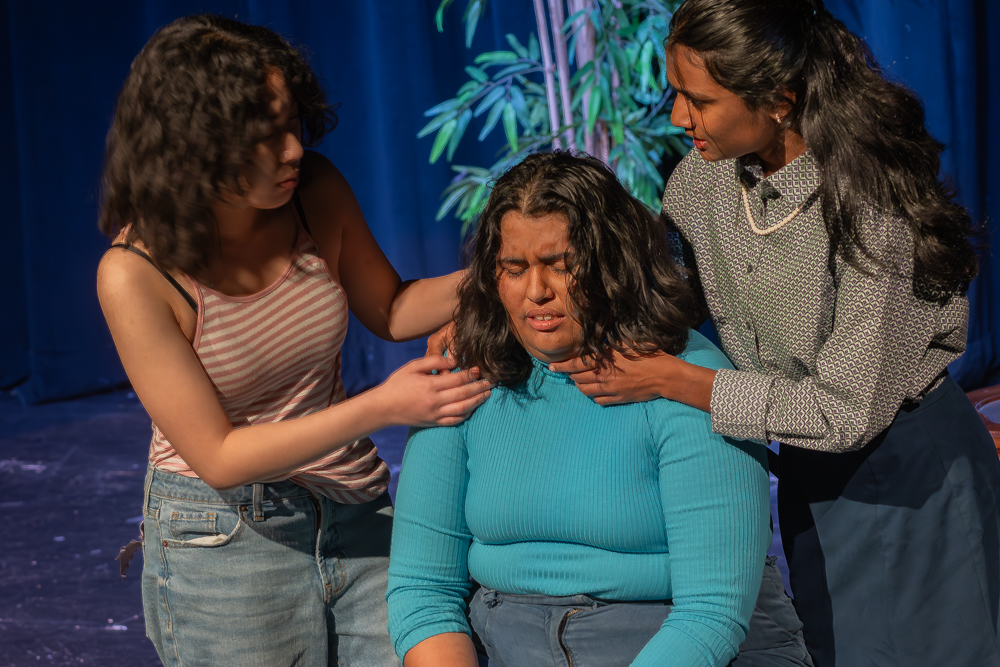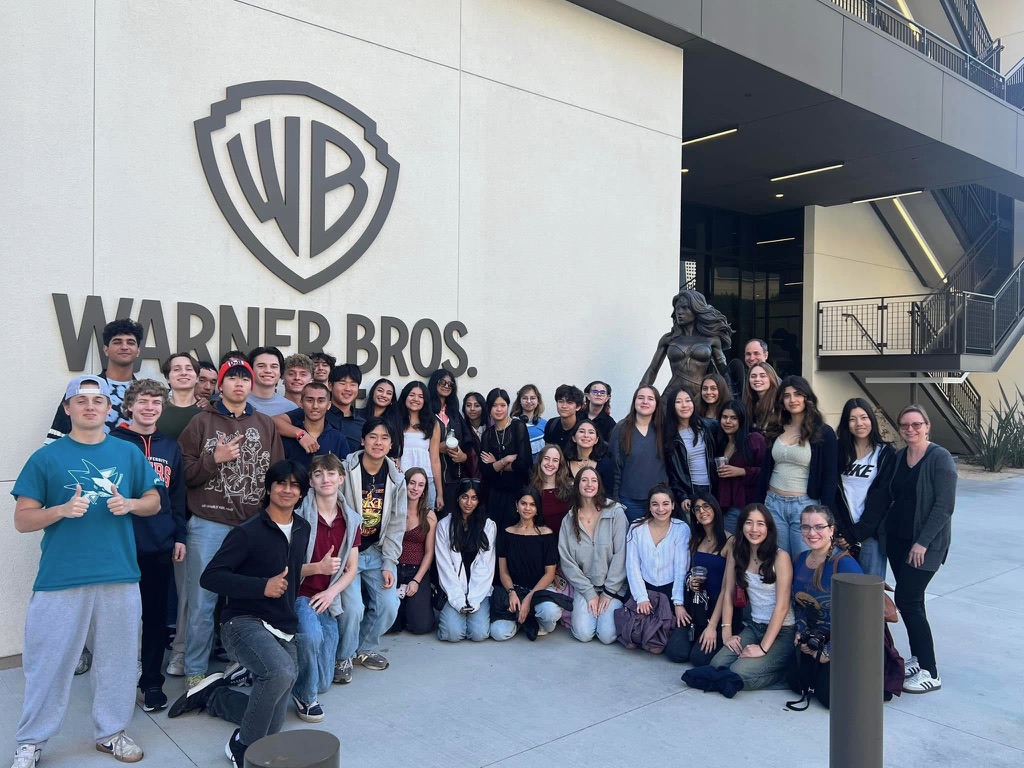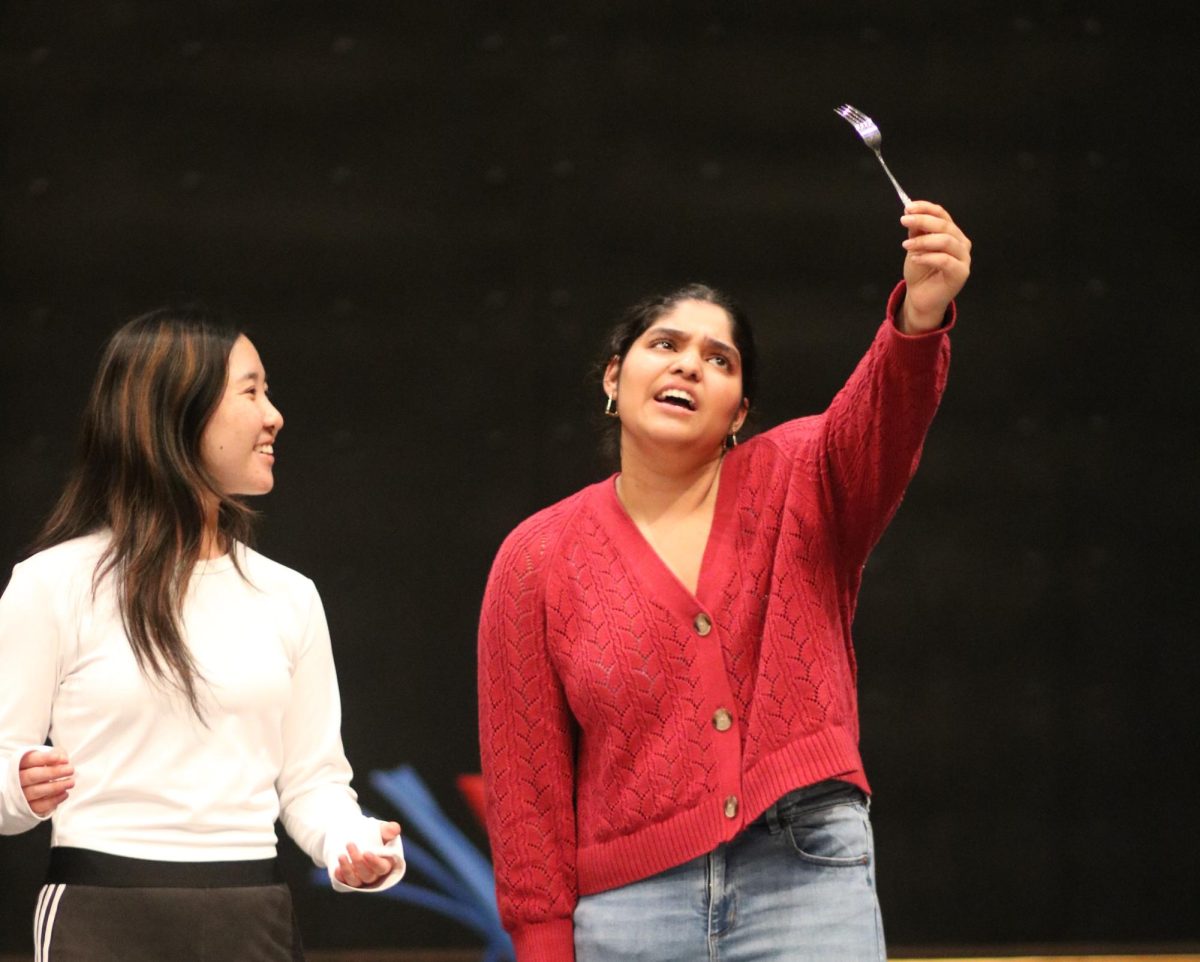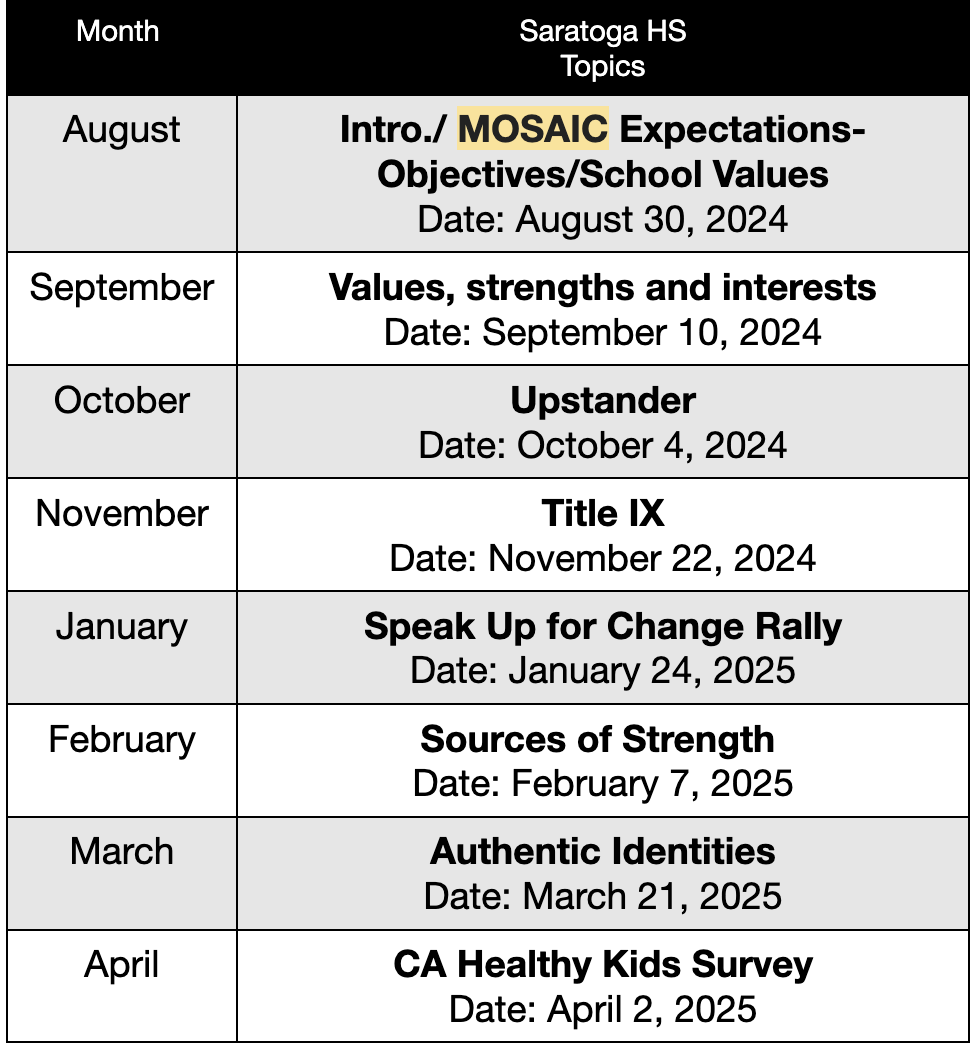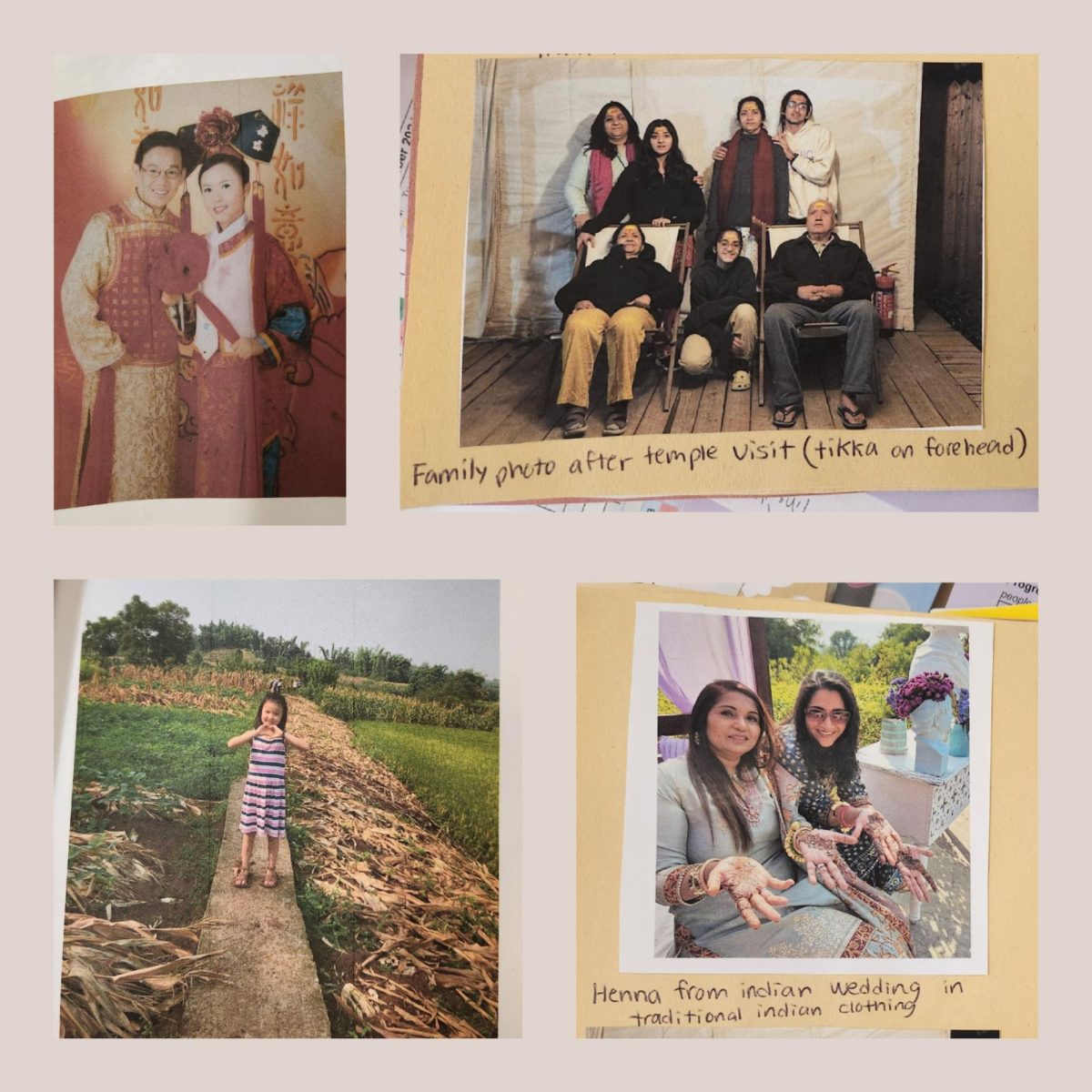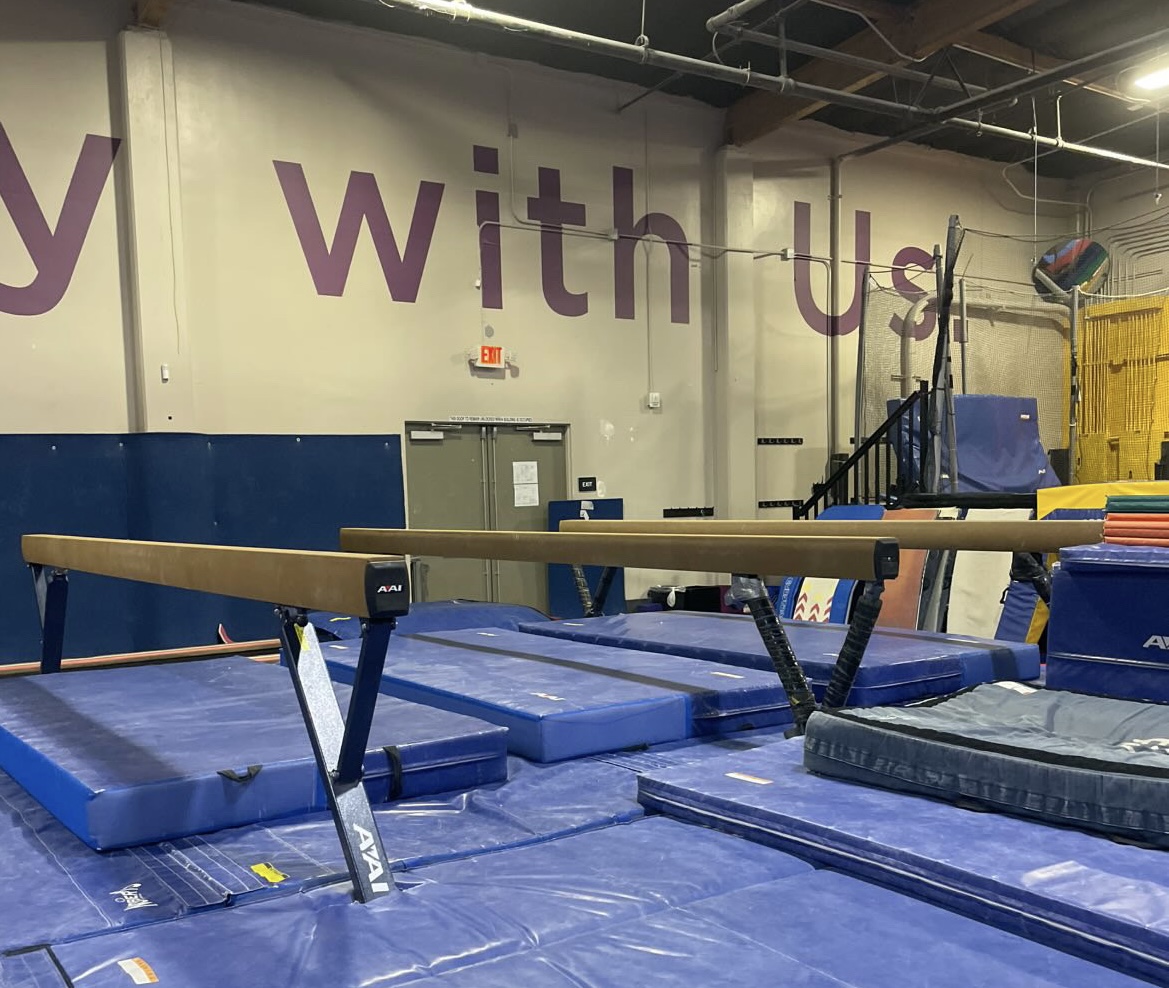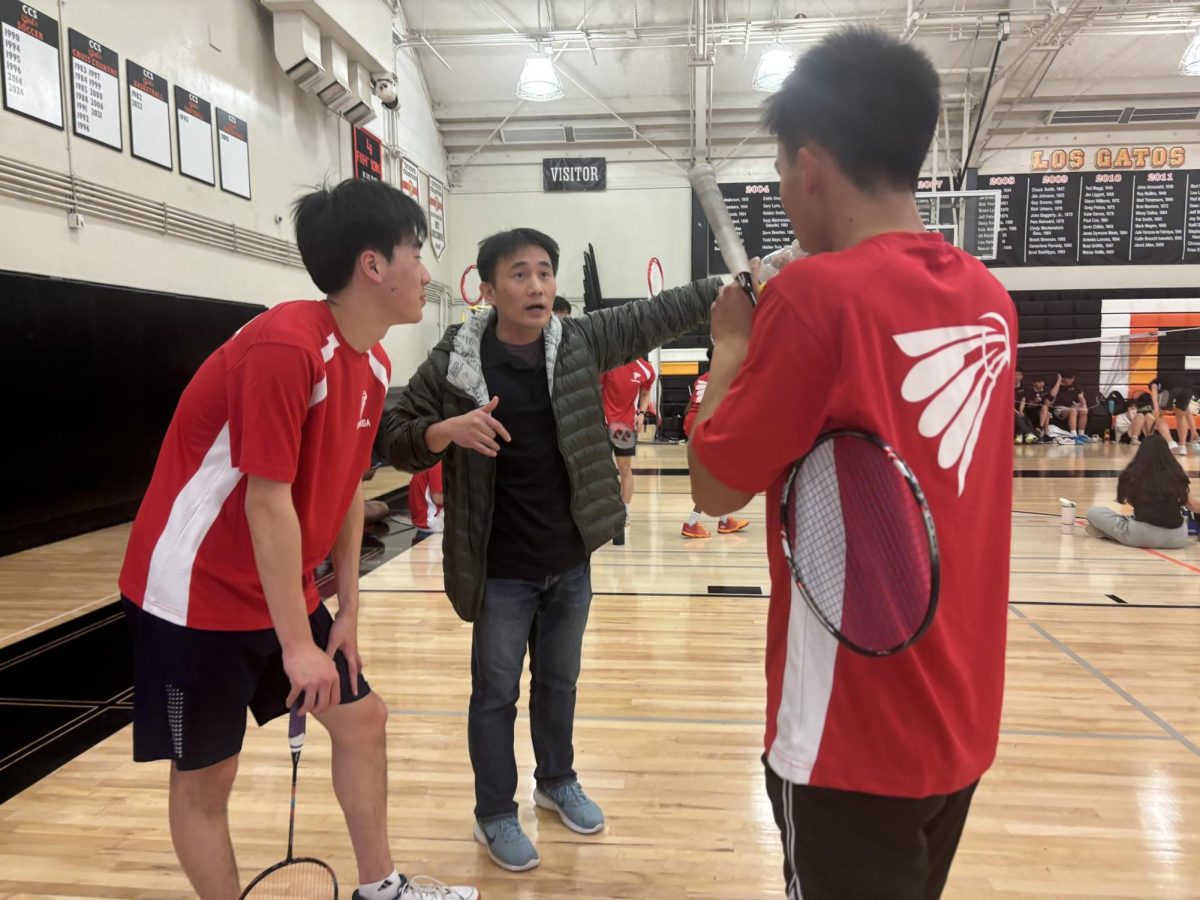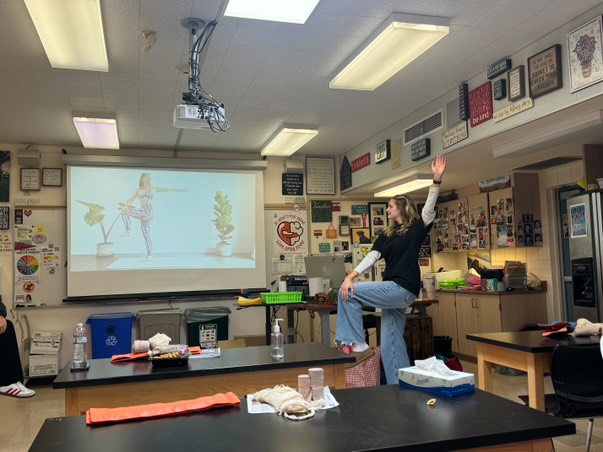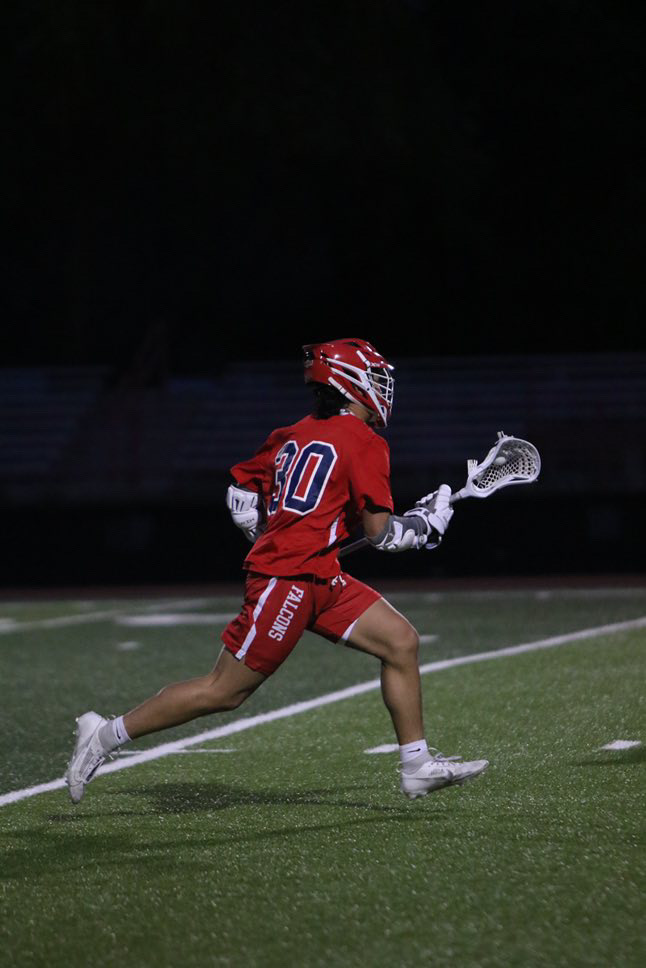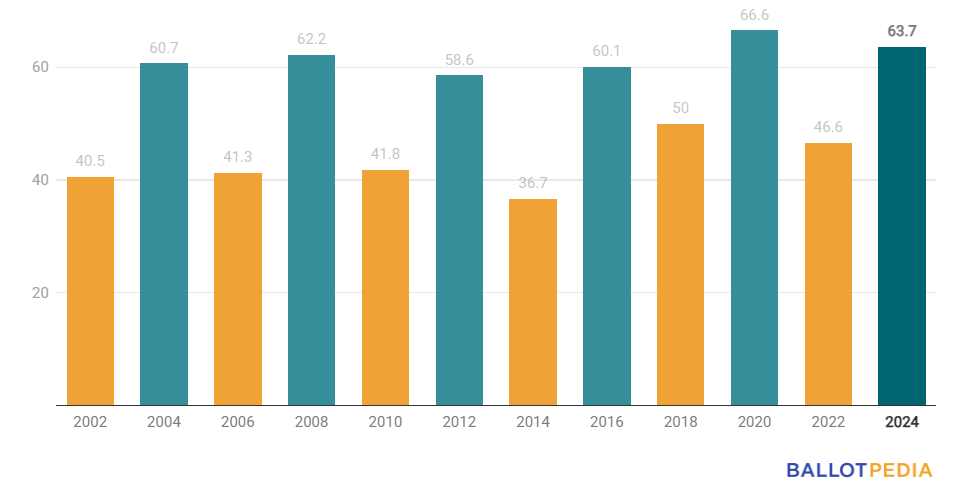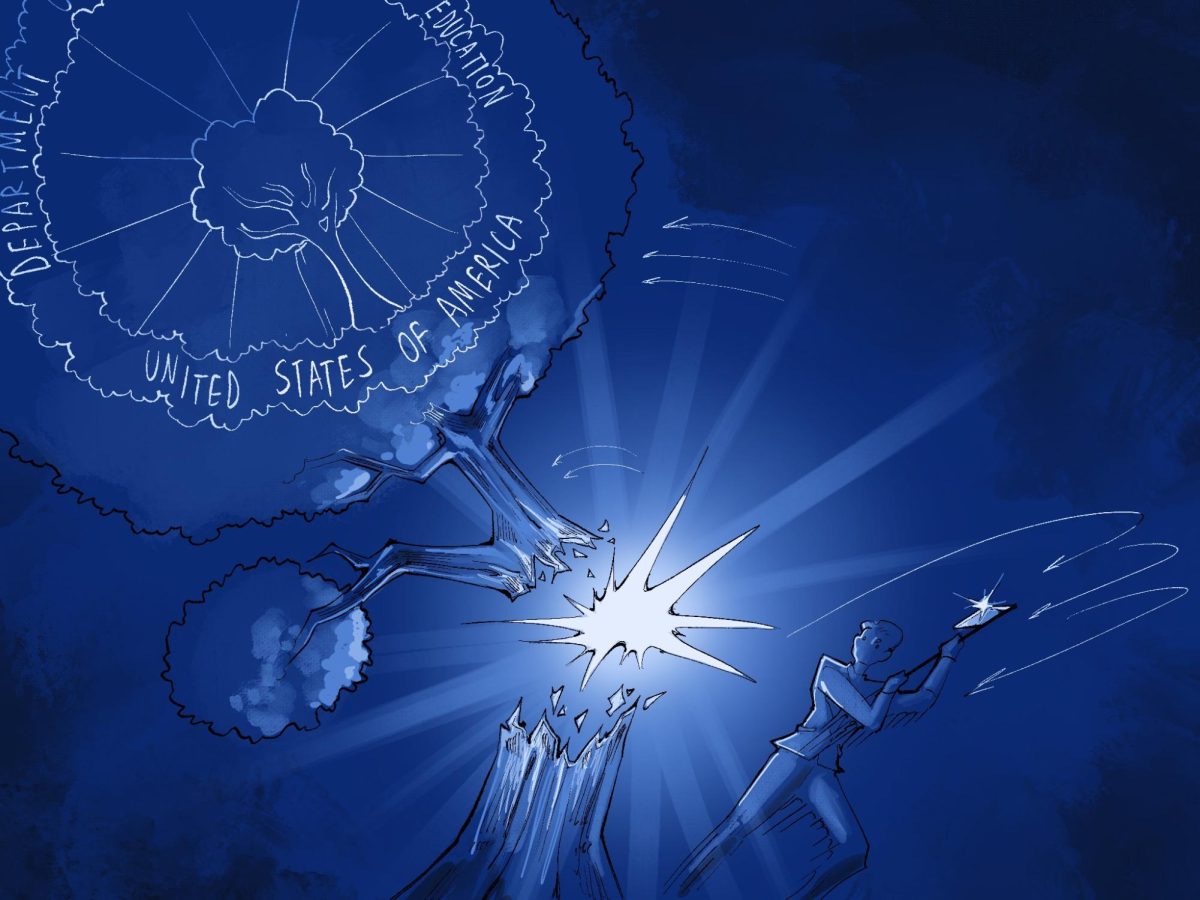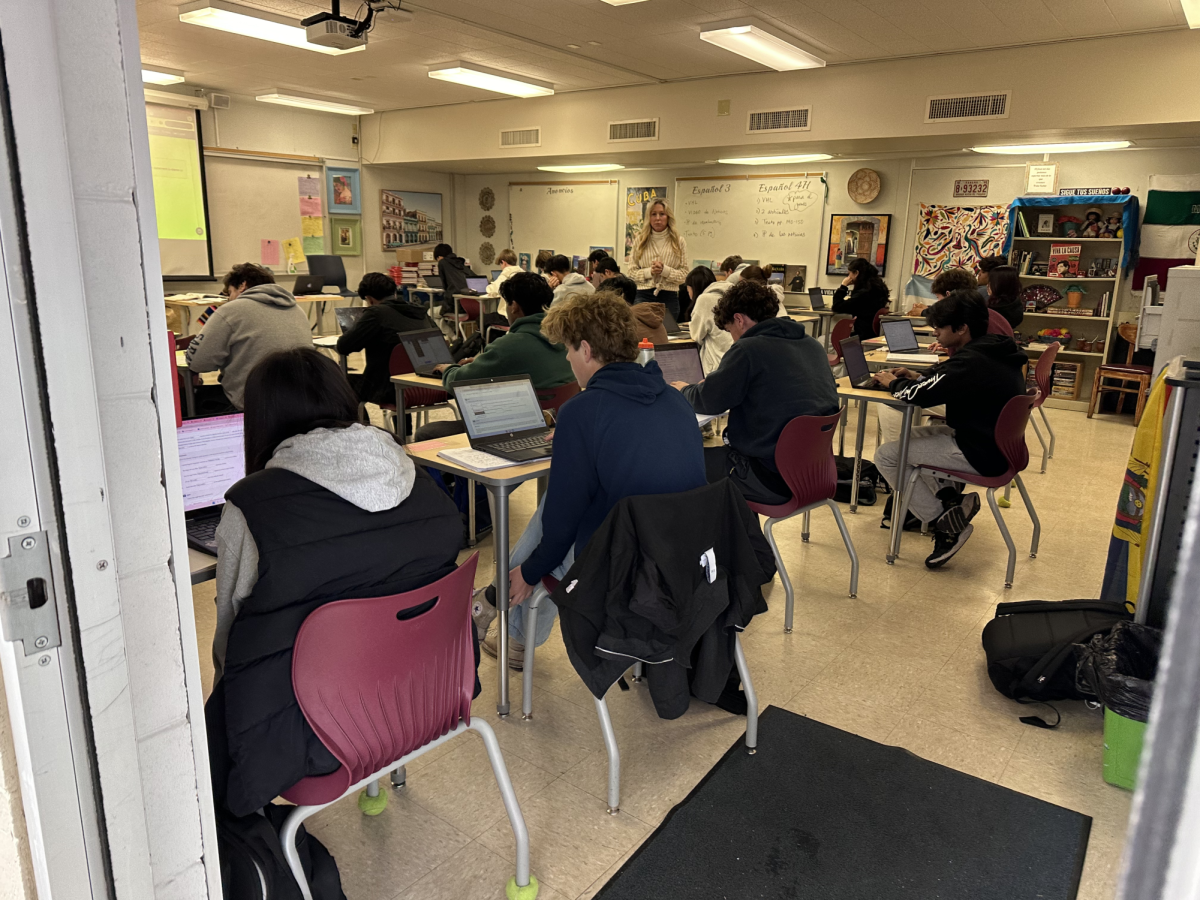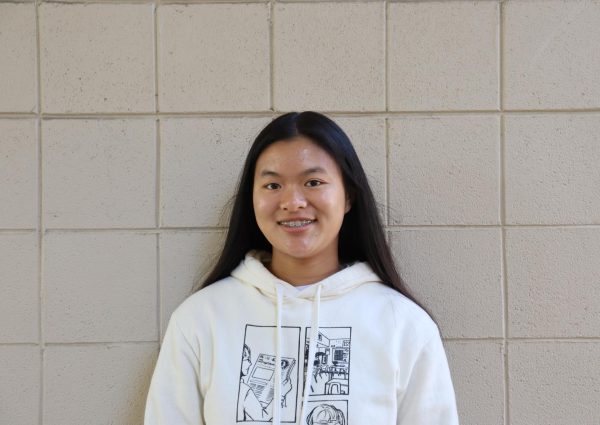Early this semester while studying immigration throughout the late 19th and early 20th century, juniors in AP U.S. History teacher Amanda Lupoli’s class were tasked with a project: to make personal connections and comparisons between the immigration then and now, taking into account current social developments.
The project, titled Oral History Project: American Life, A Journey, directed them to interview a family or community member and document how this person settled in the Bay Area, compiling the interview and analysis in a small booklet with a map of their interviewee’s immigration journey and relevant photos. As a whole, students analyzed their family members’ personal cultural journeys and relationships with an “American” cultural identity.
“The point of the project was to tie a part of history to your life, and around [the early 2000s], many of our parents immigrated to America,” junior Ava Cai said.
Through this project, students learned about the push and pull factors that guided their family’s immigration journey as well as how they assimilated — adopted American culture at the expense of their own — or were accommodated — maintained traditional customs and practices — in American society. Among Lupoli’s students were Cai and junior Sanvi Bhan, who each documented a parent’s voyage.
In search of job opportunities: Yang Yang
For her project, Cai decided to interview her mother, Yang Yang, who was raised in Zigong, a city in the province of Sichuan, China. Yang and her husband arrived in the U.S. in 2005 with, as Yang said, “$3,000 in our pockets, no connections [and] no certainty. Just hope.”
Financially, Cai learned her mother was supported by her new employer at Texas Instruments, which paid for her travel expenses. Emotionally, however, she was leaving behind her family for a life in “the land of opportunities.” While finding a job was the main pull factor in immigrating, Yang also wanted her children to attend educational institutions that weren’t as strict as the ones she experienced in China.
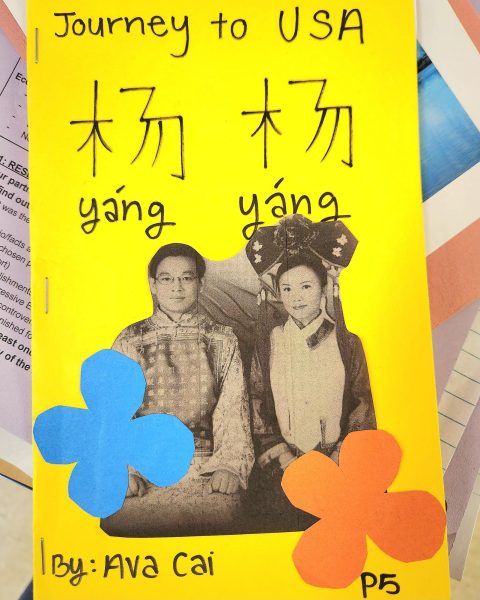
Because the family continues to celebrate many Chinese holidays and enjoys traditions like wearing red for good luck, Cai said her mother felt welcomed by American society.
“Making this personal connection from history helped us understand why people came to America, and it really made history interesting because [I felt] like, ‘Oh, I also experienced this,’” Cai said.
In pursuit of higher education: Vincey Hakeem Bhan
The younger Bhan also interviewed her mother, who left Kashmir, a region between India and Pakistan, because of the constant warfare and cultural oppression she experienced there. She and her husband also made the journey in order to pursue higher education, eventually deciding to get married and staying in the U.S.
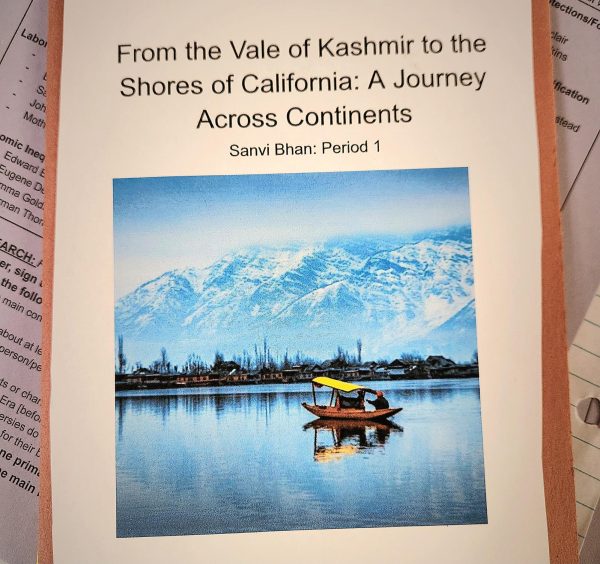
With regards to her mother’s cultural journey, Sanvi saw a mix of mostly accommodating but some assimilating elements present. Her mother, Vincey Hakeem Bhan, noted that populations of Indian people were significantly higher after the family moved from Arizona to the Bay Area, where large communities helped sustain traditions and customs. Over the years, however, the family also adopted a diverse set of cultural experiences from traveling around the world.
“There’s a mix of us celebrating our cultures as well as American cultures. We celebrate New Years, but then we also celebrate Diwali and other Indian holidays,” Sanvi said. The family also wears traditional Indian attire, cooks classic Indian dishes and engages in generational rituals.
With around 4 million people in the region at the time, Kashmir had a small population, making up a small percentage of immigrants. Because of the tensions that still remain, the Bhans have rarely visited.
“Our story is important because being Kashmiri and from that area and still surviving, it was rare,” Sanvi said. “So when I thought about who might have a memorable story, [I knew] it was definitely my parents.”
Through this exploration of family history, Cai and Sanvi both took this opportunity to reflect on their current lives in the context of their parents’ journeys.
“Learning more about my family history and how everyone came here was really memorable,” Sanvi said. “It was about understanding that I really do have a privileged life living in this area, and that there’s so much more pressure that we don’t always see.”

